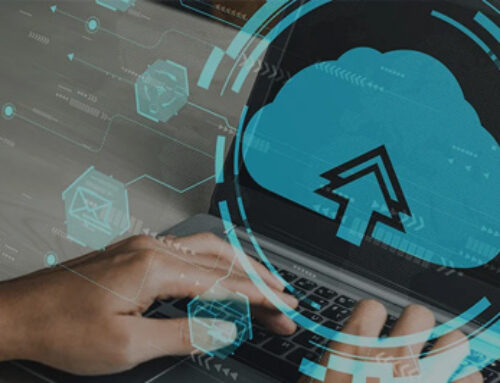By Fiona Villamor on May, 12 2020

Across industries, the COVID-19 pandemic has made digital transformation an urgent necessity. With global calls to stay at home, businesses have gone digital, employees are working remotely, and consumers’ shopping preferences have shifted due to worries of disease transmission and the need for social distancing.
In the retail world, this means catering to shifts in buying patterns, rethinking the distribution process, and transforming the sales pipeline as it is. While online shopping and delivery is not new, virus outbreaks are making brick-and-mortar establishments and physical shopping irrelevant (and even dangerous). Digital channels have become the preferred choice for commerce, but are retailers prepared for this new normal?
A new business landscape for retail
Online retail is experiencing unprecedented spikes during the COVID-19 lockdown. Consumers at home have become increasingly reliant on digital shopping and delivery.
In a survey conducted by Deloitte, 52% of Canadians say they are more likely to buy online in response to COVID-19. Online sales for consumer packaged goods in the US grew 56% for the one week ending April 18, according to Nielsen and Rakuten Intelligence. Average monthly website traffic has increased by 13% in March, and weekly chat volume has increased by 5%.
When consumers do need to go out, they expect contactless engagement. In fact, 36% of Canadians say they’re using self-checkout. We should expect a new generation of brick-and-mortar stores, with more stringent safety protocols and contactless technology.
Related: Using data to drive customer delight
The contents of shopping baskets have drastically changed as well. Consumer demand for essentials and home products has skyrocketed, with grocery and at-home entertainment spending up by 15% to 20%. Meanwhile, 29% of Canadian consumers are spending less on apparel and footwear and 27% are spending less on restaurants. There are also significant drops in spending for consumer electronics, takeout/delivery, and beauty products.
Shopping habits have definitely changed in the wake of COVID-19—and they will continue to change. We’re likely going to see consumers maintaining these digital habits after the crisis, if not out of fear, then because of convenience.
According to Acosta Insights, 31% of US shoppers say they are extremely likely to continue using online grocery pick-up or delivery once the pandemic is over. Retailers should take the necessary steps to navigate this new landscape now, and during the foreseeable future.
How retailers can Meet this Moment with Predictive Analytics
In order to continue operating in the new normal, retailers should be prepared to embrace digital transformation, if not already. Remove friction from supply chains and sales processes with the right technology and build a foolproof plan for unprecedented change.
COVID-19 will not be the last predicament the retail industry will face, so it’s critical to adopt a proactive approach for responding, adapting, and moving forward in times of crisis. Predictive analytics will help organizations anticipate challenges and engage in effective decision-making. More than just answering “what happened”, it can provide valuable insight into “what will happen?”
With foresight into critical business areas, retailers can make significant improvements from operations to sales. Predict demand through forecasting techniques in order to guide supply chain workflows and ensure that the needs of customers, especially in challenging times, are met. Identify patterns in customer behavior to develop strategic, timely marketing campaigns and reduce churn. For effective upselling and cross-selling, predict customer preferences and boost sales.
Used effectively, predictive analytics can enable retailers to deal with ever-changing customer and market demands. After all, even after the crisis, we cannot expect consumer behavior to be restored. As we navigate a new business landscape, make sure you are armed with the right tools and technology.
To learn more about how our end-to-end data science platform Analance can transform retail operations, sales, and customer management, request a demo.
ABOUT THE AUTHOR

Fiona Villamor
Fiona Villamor is the lead writer for Ducen IT, a trusted technology solutions provider. In the past 8 years, she has written about big data, advanced analytics, and other transformative technologies and is constantly on the lookout for great stories to tell about the space.










